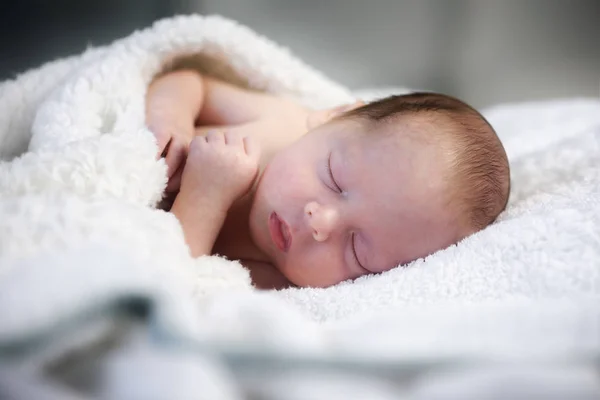Becoming a parent for the first time means lots of new unknowns – from learning to breastfeed and swaddle to buckling your newborn into the car seat for the first time. But when it comes to putting them to bed safely, it’s important to remember it really can mean life or death.
It’s something we’re taught before our little one is even here: the correct way to put your baby to bed safely. Sadly though, the number of infant deaths continues to climb.
What is safe sleep?
Ensuring safe sleep for your baby involves putting them down in a way that minimizes the risks of suffocation, strangulation, choking, and ultimately lowers the risk of SIDS.
Where should my baby sleep?
It’s important for babies to sleep on firm, flat surfaces. This means their crib or bassinet mattress should be covered with a fitted sheet and kept free of any other items. The mattress should fit snugly inside the crib or bassinet without any gaps between the mattress and the frame.
10 safe sleep tips for babies
Here are baby sleep tips to keep your newborn snoozing safely:
1. Keep cribs free of stuff
Cribs and bassinets should be kept clear of blankets, pillows, bedding, bumper pads, stuffed animals, and toys. Avoid attaching any items to the crib slats, including toys or pacifiers, as they can pose suffocation or strangulation risk. Never put your baby to sleep if any of these items are present in their sleep environment.
2. Swaddle
Instead of blankets, opt for a snug-fitting swaddle to keep your baby cozy. There are a wide range of swaddles available, from wrap-style to zippered or velcro designs. Choose one that’s easy for you to use and ensures your baby stays securely wrapped without wriggling free.
4. Back to sleep
Always put your newborn baby to sleep on their back. Placing them on their belly or side increases the risk of suffocation and SIDS. According to the American Academy of Pediatrics (AAP), some babies will roll onto their stomach. Nevertheless, always place your baby on their back to sleep first. Once your baby has developed the ability to roll over both ways, there’s no need to constantly reposition them onto their back to sleep.
If your baby starts rolling, typically around the 3 or 4-month mark, be sure to swaddle them with their arms out or use a sleep sack instead. Rolling babies may shift onto their side or stomach, and having their arms free allows them to use their hands and arms to push up their head from the mattress if needed.
5. Use a safe crib or bassinet
While your grandma might suggest using the same crib your mother slept in, it’s highly unlikely that it meets current safety standards. Always opt for a crib or bassinet that adheres with the safety standards set by the Consumer Product Safety Commission (CPSC). CPSC-certified cribs meet current safety standards to ensure a safe sleeping environment for your baby. Never use cribs that have been recalled, have broken pieces or parts, or are missing hardware.
We know it’s not what you want to hear, but if your newborn nods off in a car seat, stroller, or swing, it’s a good idea to transfer them to their crib or bassinet as soon as possible.
7. Keep the room cool
You might have heard that babies tend to sleep better in cooler environments, and experts often suggest maintaining the room temperature between 68°F and 72°F. This safe sleep tip isn’t just about comfort – it’s also crucial for safer sleep, as overheating can increase the risk of SIDS. Avoid overdressing your baby (hats are a no-go!) and opt for breathable fabrics to help them stay cool and comfortable throughout the night.
8. Use a pacifier
If your baby is willing to take a pacifier, consider offering it to them both during naptime and bedtime. While the exact reasons are not fully understood, pacifiers have been shown to potentially reduce the risk of SIDS. Babies who use pacifiers during sleep might experience lighter sleep and may find it easier to wake up if they have trouble breathing.
Other Tips to help your baby sleep safely:
- Use a firm sleep surface covered by a fitted sheet.
- Keep the sleep area free of blankets, soft toys, positioners, bumper pads or pillows.
- Insist that no one smokes around baby.
- Monitor the room temperature – if you’re comfortable than baby is too, and doesn’t need extra layers.
- Take baby to the pediatrician for their scheduled well checks.
The new responsibility of being a parent can feel overwhelming at times. By prioritizing safety and adhering to recommended guidelines, you can provide your little one with the best possible start in life. All while finding your own peace of mind, knowing that you are doing everything you can to keep them safe.

